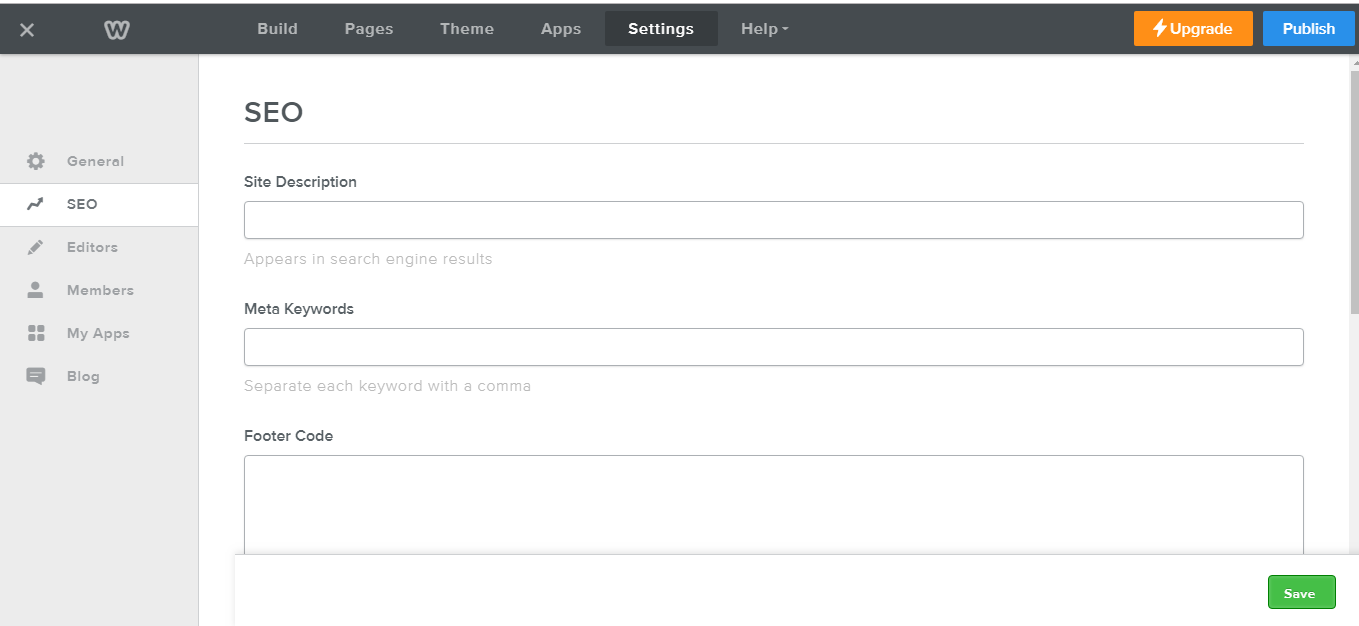I am currently developing a digital resource, which will teach the user the basic regional and physical geography of Ireland. As a primary teacher, I know what it is like to have taught these topics before, and I am familiar with the difficulty children have in retaining this information. I enjoyed the design phase of this process, creating my storyboard on PowerPoint. The development phase has been a whole new experience for me as I was unfamiliar with Adobe Dreamweaver.
Adobe Dreamweaver is a web design tool. Dreamweaver allows the user to visualise their website while they are coding. It is possible to create a site without any coding, however it would be difficult to incorporate precise design details into a site without some knowledge of HTML.
Dreamweaver has ‘Code View’ which allows the user to just view the code, or ‘Split View’ which enables the user to see both the website as it is being designed and the code. There is also a ‘Live View’ which allows the user to see what the site will look like on its own. Dreamweaver opens with a panel on the right of the screen. This panel has a Files tab, in which the user can manage files and graphics. There is a Creative Cloud Libraries tab where the user can access stock graphics or files from other Adobe applications. The Insert tab allows the user to insert features, such as graphics, paragraphs, headings, or hyperlinks. The CSS Designer tab enables the user to change the appearance of the different features.
This is my first time using Dreamweaver, or, in fact, any website development tool. I have to admit that it is a steep learning curve. It has required a lot of trial-and-error and triggered a range of emotions! I carried out the beginner lab sheets on how to use Dreamweaver quite easily. However, I found Dreamweaver so different to any tool I had used before, that it was difficult to remember the basic steps to get started each time I opened the software. When I began to recreate my storyboard, I had difficulty with minor things, such as aligning images to my preferred location.
I consider multiple viewing options within Dreamweaver to be potentially beneficial and challenging at the same time. It is useful to be able to choose which view you prefer. For example, an experienced coder may prefer to just work with code and not split their view with the website. I, personally, need to see the website to see what changes are being made when I change the coding. The Design view and Live view present a challenge. Firstly, I have found that when I check in to see the Live view, the formatting can be different to the Design view. Secondly, it is not very obvious which view is in use. I have found this frustrating when I have been working on certain features, as the tools change between design view and live view.
One benefit of Dreamweaver is that when the user selects a feature on their design, the corresponding code is highlighted. This makes it easier to copy certain features and adjust their settings. It also helps coding beginners to understand and use code.
For now, the jury is still out with regard to Dreamweaver. I would still consider myself a Dreamweaver novice and I hope to continue to climb its steep learning curve and gain confidence in using the software.






